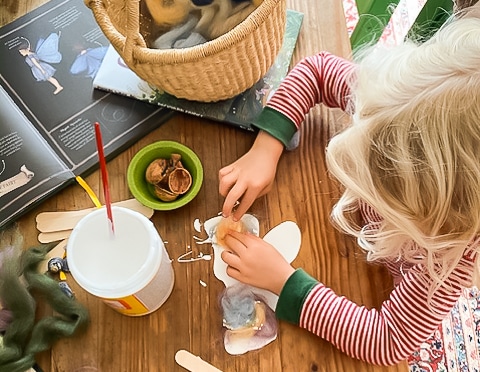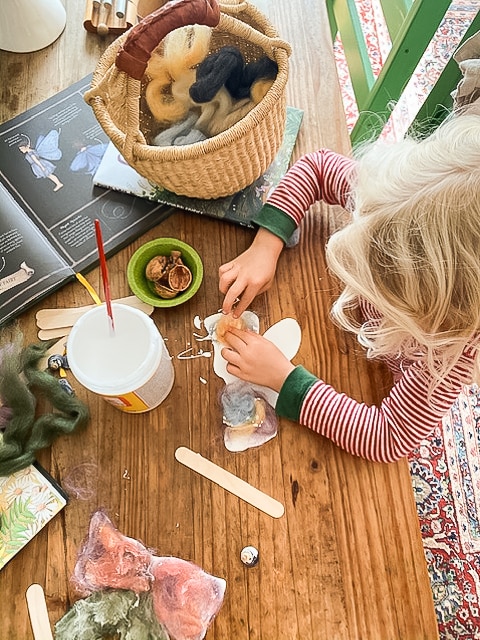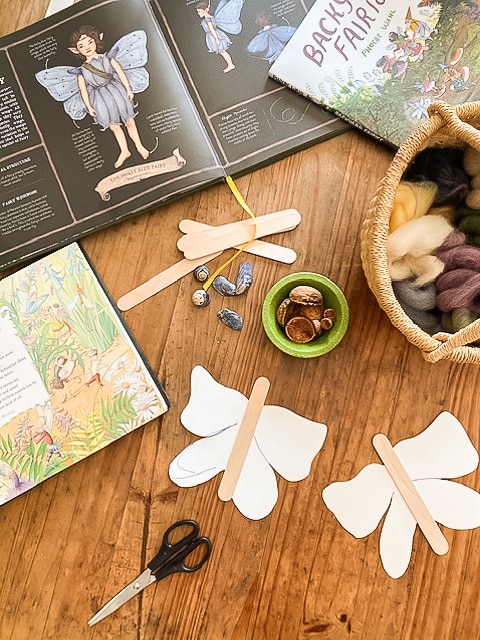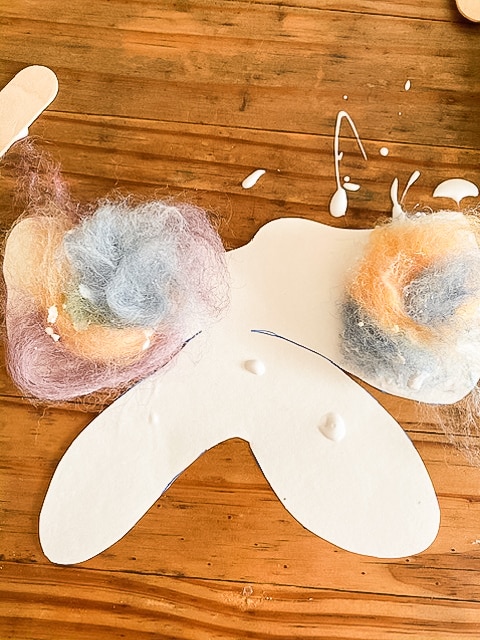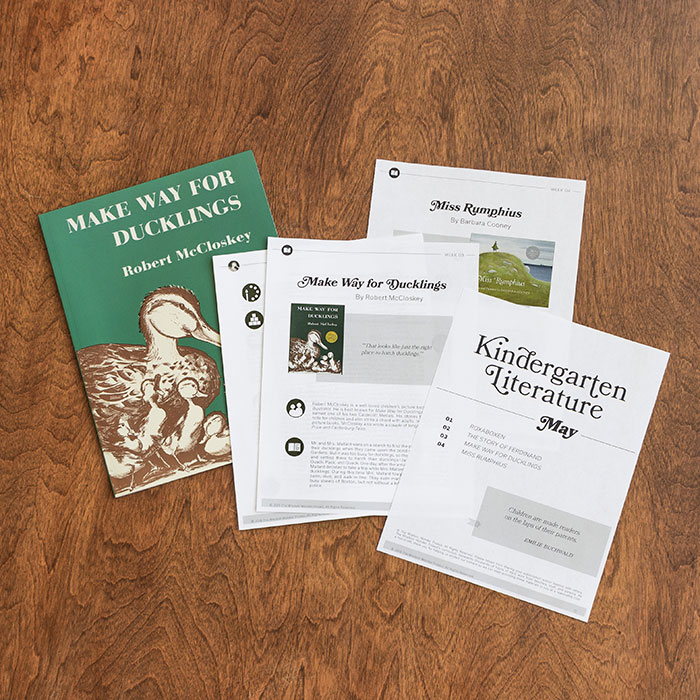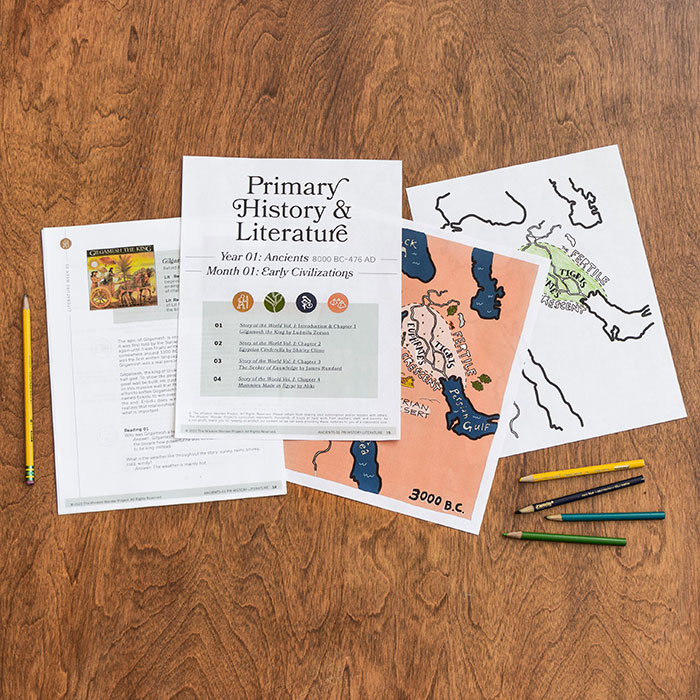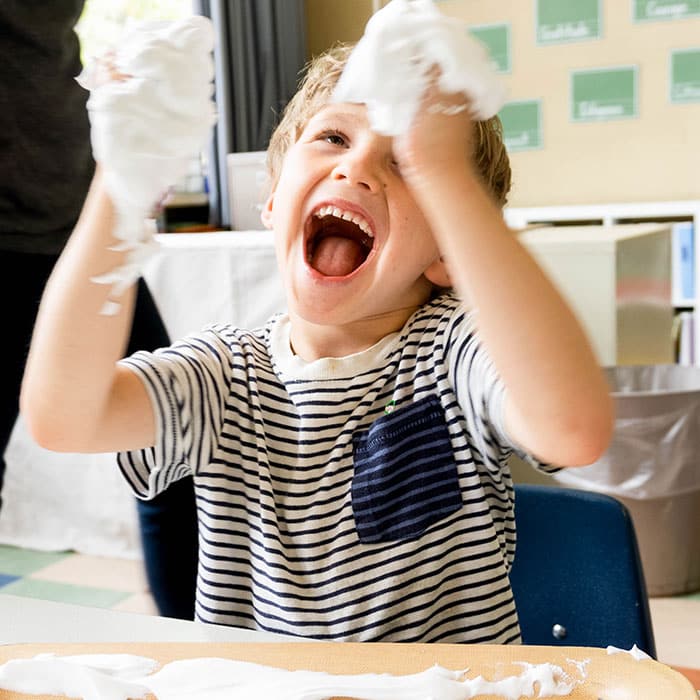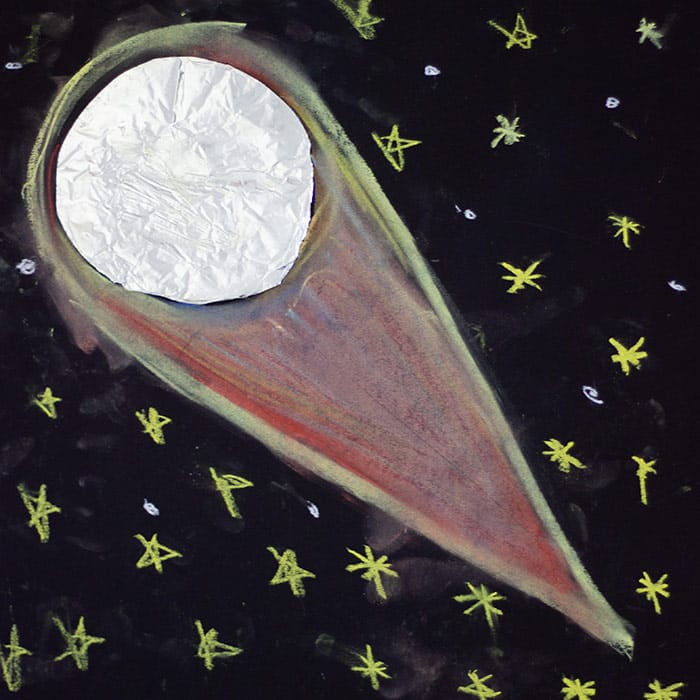When we first put our minds together and designed our literature-based curriculum, one of our priorities was to make sure that it is flexible and adaptable to a variety of educational approaches. We want families all around the globe using our curriculum and gleaning from the rich treasure trove of insight and activities we present in each unit, but adding in their own twist or perspective to enrich the educational experience even further. We’re so excited that we had a team of moms that got together and did just that, and they are eager to share their experiences with our community. This blog is presented as an interview by our blog series coordinator Jacki Campbell, learning more about how families with different core values and approaches apply Wisdom Wonder Project in their homeschool. We hope you learn a little from each of them and are inspired in turn to make our curriculum your own in your home.
I can spend hours looking at the Waldorf accounts on Instagram. The magic, the wonder, the playfulness—it looks like childhood.
Waldorf education came to life in 1919 from the founders Rudolf Steiner and Emil Molt. The heart of Waldorf education aligns with both Classical Education and Montessori in focusing on individual, developmentally appropriate learning. Waldorf interweaves art and humanity into its subjects to foster a deeper sense of self and spirituality. The focus in the early years is all about play.
Classical Education and Waldorf both create space for children to be children and respect the child where they are developmentally. They also both embrace learning through literature and stories. Wisdom Wonder Project had a Fairy Unit available in the summer, and this was a perfect fit for our next account about adaptations: Brittany is a friend and local to where Wisdom Wonder Project is based on the Central Coast of California, and she has one of those pages on Instagram (@my_mothering_journey) where I can scroll aimlessly and get lost in the magic she creates.
Tell me a little bit about you, your family, and your values.
Brittany: My name is Brittany and I have a 4-year-old daughter and a 20-month-old son. I believe in gentle and respectful parenting and meeting my children where they are developmentally and treating them as a whole person. It is very important to me that I honor their individual personalities as well as honoring the stage of development they are in. I do not want to force anything on them too early which could create stress for a young child. What is most important to me in these early years is nurturing their imaginations and allowing the dream-like state of childhood to be the center of our environment at home. We have been practicing Waldorf in our home since the very beginning. I found Waldorf when I was pregnant with my first baby, and it resonated so much with me. I began using the principles right from birth: selecting toys made of natural materials, singing songs, reading fairy tales, being in nature, and honoring the seasonal changes.
Why did you choose Waldorf over other approaches?
Brittany: I love how holistic Waldorf is, and I love the emphasis that Waldorf puts on childhood. Waldorf philosophy really has reverence for childhood and nurturing the child as a whole. The way of learning is by teaching the whole child through hands, heart, and head. This seems very simple, but so many other ways of learning miss teaching children through all their senses. It makes sense to learn through your body, and it provides a tangible memory component. I also love the other lessons that happen in a Waldorf education, not only academic, but more life skills like knitting, woodworking, and gardening for example.
Any recommended resources?
Brittany: I love Josie from @onwillowsbend, Meagan from @meaganrosewilson, and Kelly from @thewaywewaldorf. They are a constant inspiration and wealth of knowledge when it comes to incorporating Waldorf as an education and a way of life.
What are some simple ways parents can be more Waldorf-aligned in their homeschooling?
Brittany: I believe if you step back and really allow your child to show you where they are and then meeting them there would be a great first step. Also, another great first step is if you practiced a little inner work and tried to figure out what your values are in homeschooling and allow that to happen. The most important aspect is creating a rhythm; this will help you and your child(ren) to have an idea of what to expect in your days, and it will create more peaceful transitions. When crafting, try using natural materials, maybe even nature finds that you found on your walks. Lastly, try singing songs with your children and baking muffins.
Can you give an example of how you adapted Wisdom Wonder Project curriculum to fit your Waldorf values?
Brittany: We loved discussing fairies! I already had a few fairy books that were perfect to use and then we adapted the popsicle stick fairy craft. We used natural materials of wool roving and Mod Podge. We used walnut shells and seashells we had collected on nature walks as well. It was so much fun. It’s very easy to adapt to Waldorf and crafting is a perfect way especially in the early years. This activity reached the hands, heart, and head.
What do you like about Wisdom Wonder Project and the activities?
Brittany: I love that they provide critical thinking of the stories being shared. The crafts are geared to kids doing a lot of the work themselves too, which is nice. They are very packed with lots of different activities that could meet anyone’s interests.
Any final thoughts? And how can people follow along on your homeschooling journey?
Brittany: There is no one right way to homeschool. Find what works for your family and your children, that is the most important. Try not to get overwhelmed with having every homeschool item or curriculum, less is more, and just know that life is learning for children. If they like something and are passionate about it, they will learn the most. Enjoy this special time you get to be with your children. I’d love for you to follow along our journey over on Instagram @my_mothering_journey.
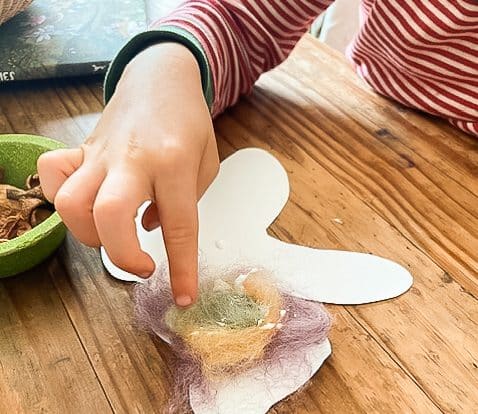
To purchase the Fairytales curriculum packs that Brittany used, click HERE.
(These units are also a part of our summertime Little Wonders curriculum during the months of June-August, so if you are a Little Wonders subscriber wait for the summer to download these units, or if you just can’t wait, choose them as your next download!)
